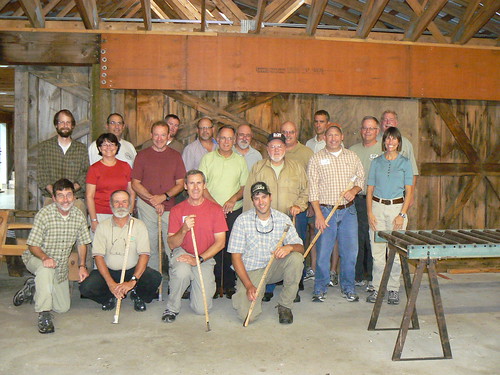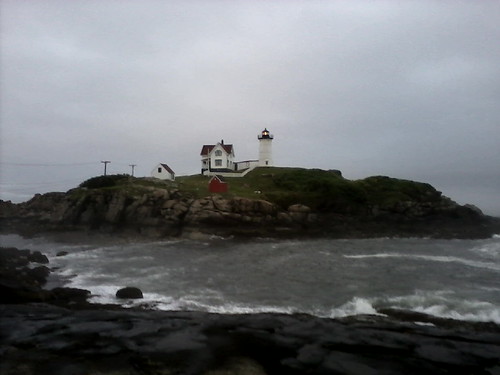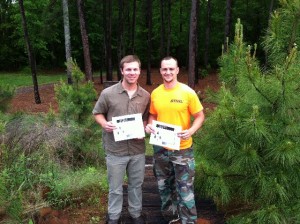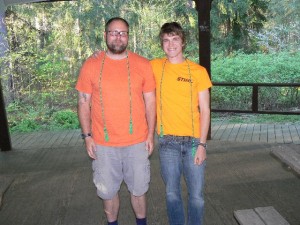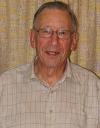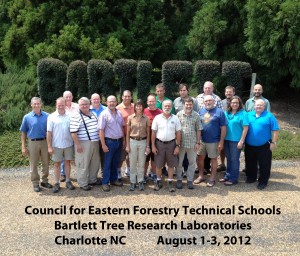The Ranger School in Wanakena, NY, began with the closure of the Rich Lumber Company in 1912. The company donated its forests to the New York College of Forestry at Syracuse, NY, with the intent of establishing a school for forest technicians. Following a brief construction period, the first class of fifteen students started their training in the early spring of 1913. As the School approaches graduation in 2013, celebrating one hundred years, we may look back and wonder, “what happened to the first fifteen students”?
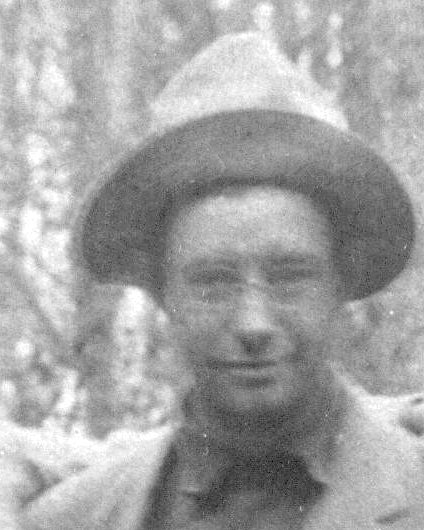
John L Aney
John L Aney worked for Vitale and Rothery as a timber cruiser from 1913 to 1914. Served in the Army from August 21, 1917 to 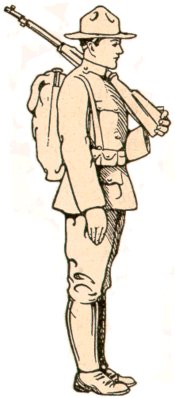 July 20, 1920, ranks including Lieutenant and Captain. Served in France and Italy. Participated in the second phase of the Meuse-Argonne Offensive. Reported to have entered a second Officer Training Corps, Allied Expeditionary Force, France. Served as Forestry Foreman for the Civilian Conservation Corps, Braden, Tennessee, October 193
July 20, 1920, ranks including Lieutenant and Captain. Served in France and Italy. Participated in the second phase of the Meuse-Argonne Offensive. Reported to have entered a second Officer Training Corps, Allied Expeditionary Force, France. Served as Forestry Foreman for the Civilian Conservation Corps, Braden, Tennessee, October 193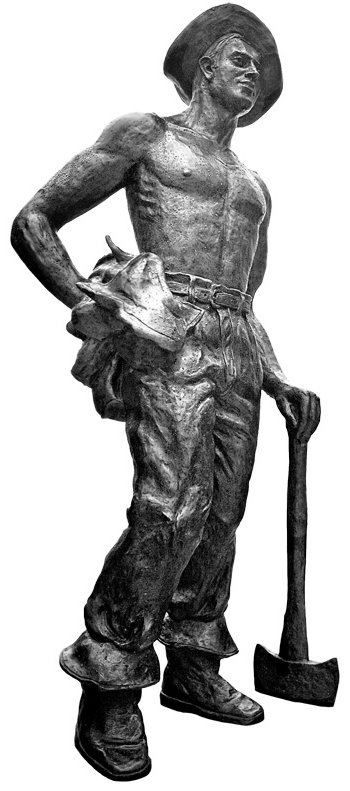 3. Later served as Commanding Officer for the CCC Co. 1290, Tennessee in 1934, Co. 1214, Cades Cove, Tennessee, July 1935, and Co. 1214 in Sidney, Montana, December 1935. He died in 1944.
3. Later served as Commanding Officer for the CCC Co. 1290, Tennessee in 1934, Co. 1214, Cades Cove, Tennessee, July 1935, and Co. 1214 in Sidney, Montana, December 1935. He died in 1944.
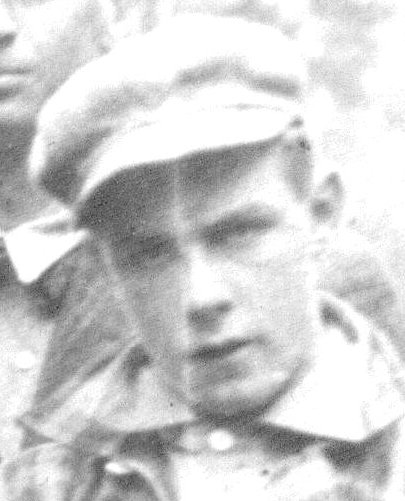
Charles F Bacon
Charles F. Bacon – Worked with the Rich Lumber Company, after the company moved to Vermont. He worked in the machine shop and the shoe shop. He was a farmer in 1921.
Ardus V. Canfield – Sales promoter from 1914 to 1915,  running a self-employed auto business in Florida from 1915 to 1917. He served in the Army with the 20th Engineers in France from September 1917 to April 1919. Later worked at the American Express Garage in Akron, Ohio until 1930. As an auto mechanic, he earned $0.73 per hour. Was married, and had three children, a boy and two girls.
running a self-employed auto business in Florida from 1915 to 1917. He served in the Army with the 20th Engineers in France from September 1917 to April 1919. Later worked at the American Express Garage in Akron, Ohio until 1930. As an auto mechanic, he earned $0.73 per hour. Was married, and had three children, a boy and two girls.
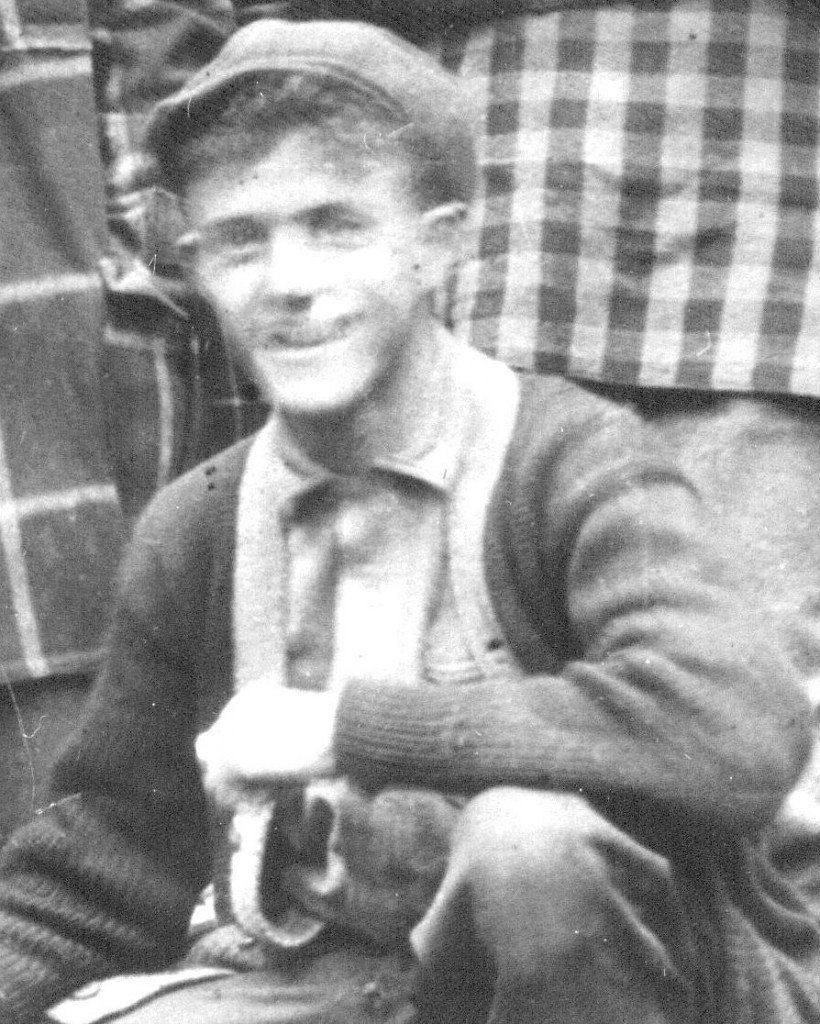
Harold E Colburn
Harold Earl Colburn – Born May 6, 1891, Harold was 21 years old when he started Ranger School. He worked an exploration cruise in Northern Quebec from 1913 to 1914, earning $40 to $70 per month, plus board. He served with the U.S. Indian service from 1914 to 1920, earning $900 to $1600 annually. From July 27, 1917 to February 15, 1919,  he served with the 10th Engineers in France. He got married on November 24, 1927 (Thanksgiving Day), and later had a daughter and two grandsons. During the latter part of his career, he worked as a bridge engineer for Allegany County. He died September 24, 1966.
he served with the 10th Engineers in France. He got married on November 24, 1927 (Thanksgiving Day), and later had a daughter and two grandsons. During the latter part of his career, he worked as a bridge engineer for Allegany County. He died September 24, 1966.
William Colburn – Harold’s brother. In 1926, their classmate, James Sullivan, reported that William had been hurt on a logging train and had to leave the School. He was last known residing in Addison, NY, in 1930.
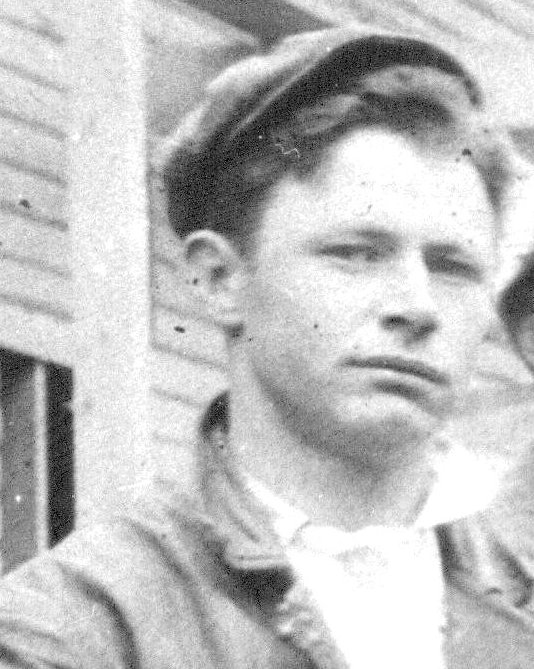
Henry O Everding
Henry Oleson Everding – Henry did a little surveying for a hotel at Loon Lake, NY. He had lung trouble, was in very poor health, and lived for a while in a sanitarium. He last wrote and described himself “a nature student, especially botany – for own amusement”, in June, 1937.
William J. Haselton – In 1917, he worked with a surveying crew at Little Falls, NY. From April 5, 1918, to June 12, 1919, he served in the Army with B Co. 303 Engineers, 78th division, a private and corporal. He participated in the St. Mihiel Offensive, Limey Sector, and the Meuse-Argonne Offensive. In 1926, he was working with the Wisconsin Highway Commission, as an assistant division engineer. William worked as an engineer for the Commission until his retirement in 1955. His classmate, Allison Richards, reported that William died on January 7, 1957.
12, 1919, he served in the Army with B Co. 303 Engineers, 78th division, a private and corporal. He participated in the St. Mihiel Offensive, Limey Sector, and the Meuse-Argonne Offensive. In 1926, he was working with the Wisconsin Highway Commission, as an assistant division engineer. William worked as an engineer for the Commission until his retirement in 1955. His classmate, Allison Richards, reported that William died on January 7, 1957.
Frank F. Honsinger – A graduate of the Ohio Wesleyan, Frank was said to be” one of the best aviators in the army”. But he was killed at a flying field in Texas, spring of 1923.
John D. Lawrence – John came from Meridian, NY, and was 21 years old when he graduated from the Ranger School. He worked for the US Forest Service in 1917 first in New Hampshire, and later in Arkansas. Took short time jobs in Oklahoma and Nova Scotia. He worked with the West Virginia Pulp and Paper Company in 1926. From 1933 to  1934, John was a foreman for the CCC Camp in Pierce Bridge, New Hampshire. He had one daughter and two grandchildren. John retired from the St. Regis Paper Company in August, 1956. John died at the age of 76 on May 31, 1967, in Bucksport, Maine.
1934, John was a foreman for the CCC Camp in Pierce Bridge, New Hampshire. He had one daughter and two grandchildren. John retired from the St. Regis Paper Company in August, 1956. John died at the age of 76 on May 31, 1967, in Bucksport, Maine.
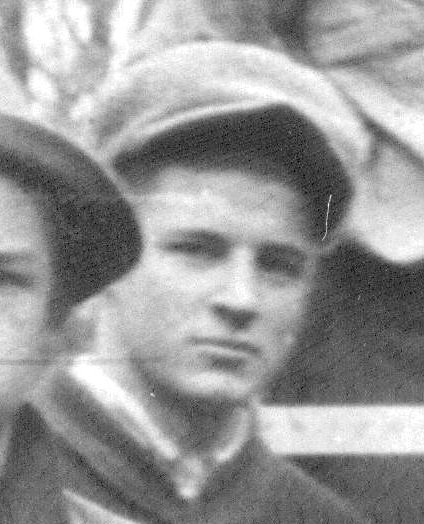
Harold M Morrison
Harold M. Morrison – Harold came from Braintree, Massachusetts. He briefly worked for the US Forest Se rvice in Cosburn, North Carolina, and later for the Wm. Ritter Lumber Company. He enlisted in the army during the War. In 1919, he was killed in a snow slide while working for the Forest Service in Idaho.
rvice in Cosburn, North Carolina, and later for the Wm. Ritter Lumber Company. He enlisted in the army during the War. In 1919, he was killed in a snow slide while working for the Forest Service in Idaho.
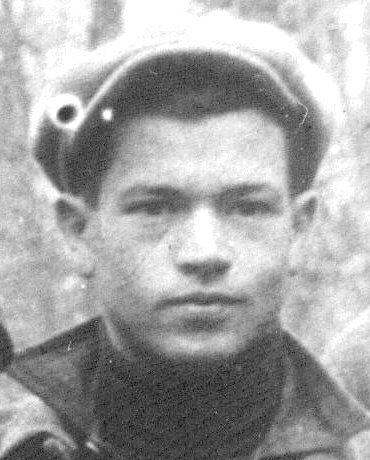
Roy B Peacock
Roy B. Peacock – Born April 26, 1892, Roy’s home was in Antwerp, New York. Following graduation, he worked as a surveyor in the Hudson Bay region of Canada and Vermont. He returned home and was married in 1923, and had a daughter, Jean, and a son Paul. He farmed with his father until at least 1930. In November, 1941, his farm was taken over by the US government as part of Pine Camp (now Fort Drum). He served as a fire fighter for the Pine Camp Fire Department 1943 to 1944. Later, he worked for the S. M. Lynch Box Company in Antwerp, and for a roofing company. He retired from Antwerp Roofing in 1957, and later served as constable for the Town of Antwerp. Roy died January 31, 1977, in Watertown, NY.

Hugh F Peattie
Hugh F. Peattie – Hugh had a garage business in Sydney, NY. He was married and had one daughter.
Allison M. Richards – Born April 18, 1892, he later graduated from the College of Forestry in Syracuse, Class of 1917. He served in France with the 20th Engineers  from December 5, 1917 to July 21, 1919, holding the ranks of Private, Sergeant, and 2nd Lieutenant. In 1923, he was working in the wholesale lumber business. He had jobs as an agent for the Connecticut General Life Insurance Company, the Newell-Richards Company, and eventually became sole owner of the A. M. Richards Company, a broker in paper products. He manifested a keen and lasting interest in all wildlife. Allison and his wife maintained the Beaversprite Sanctuary at their home. He retired in 1957.
from December 5, 1917 to July 21, 1919, holding the ranks of Private, Sergeant, and 2nd Lieutenant. In 1923, he was working in the wholesale lumber business. He had jobs as an agent for the Connecticut General Life Insurance Company, the Newell-Richards Company, and eventually became sole owner of the A. M. Richards Company, a broker in paper products. He manifested a keen and lasting interest in all wildlife. Allison and his wife maintained the Beaversprite Sanctuary at their home. He retired in 1957.
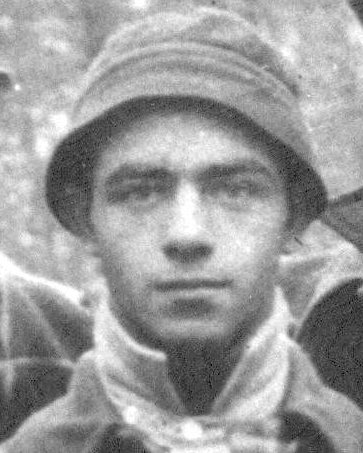
James Sullivan
James Sullivan – James was a World W ar I veteran, and a member of the American Legion. He worked as a rural mail carrier for twenty four years. George Brady, RS’1928, reported that James Sullivan died on April 10, 1948.
ar I veteran, and a member of the American Legion. He worked as a rural mail carrier for twenty four years. George Brady, RS’1928, reported that James Sullivan died on April 10, 1948.
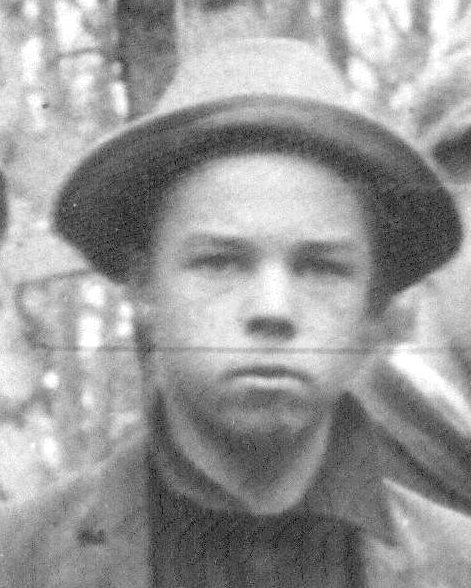
Eugene S Whitmore
Eugene S. Whitmore – Born May 29, 1894, in Antwerp, NY, Eugene Whitmore was only 19-years-old when he graduated from Ranger School. He attended the state agriculture school at Canton, NY, and became a dairyman and butter maker on Pinecliff Farms, in Bomoreen, Vermont. He married and had at least on child. Eugene worked as a creamery foreman at Bliss, NY, and became a city mail carrier for Watertown, NY in 1932. He retired from the postal service, and reported having four grandchildren and two great-grandchildren. Eugene lived almost 100 years, and died in Saranac Lake, NY on January 3, 1994.
Information From:

